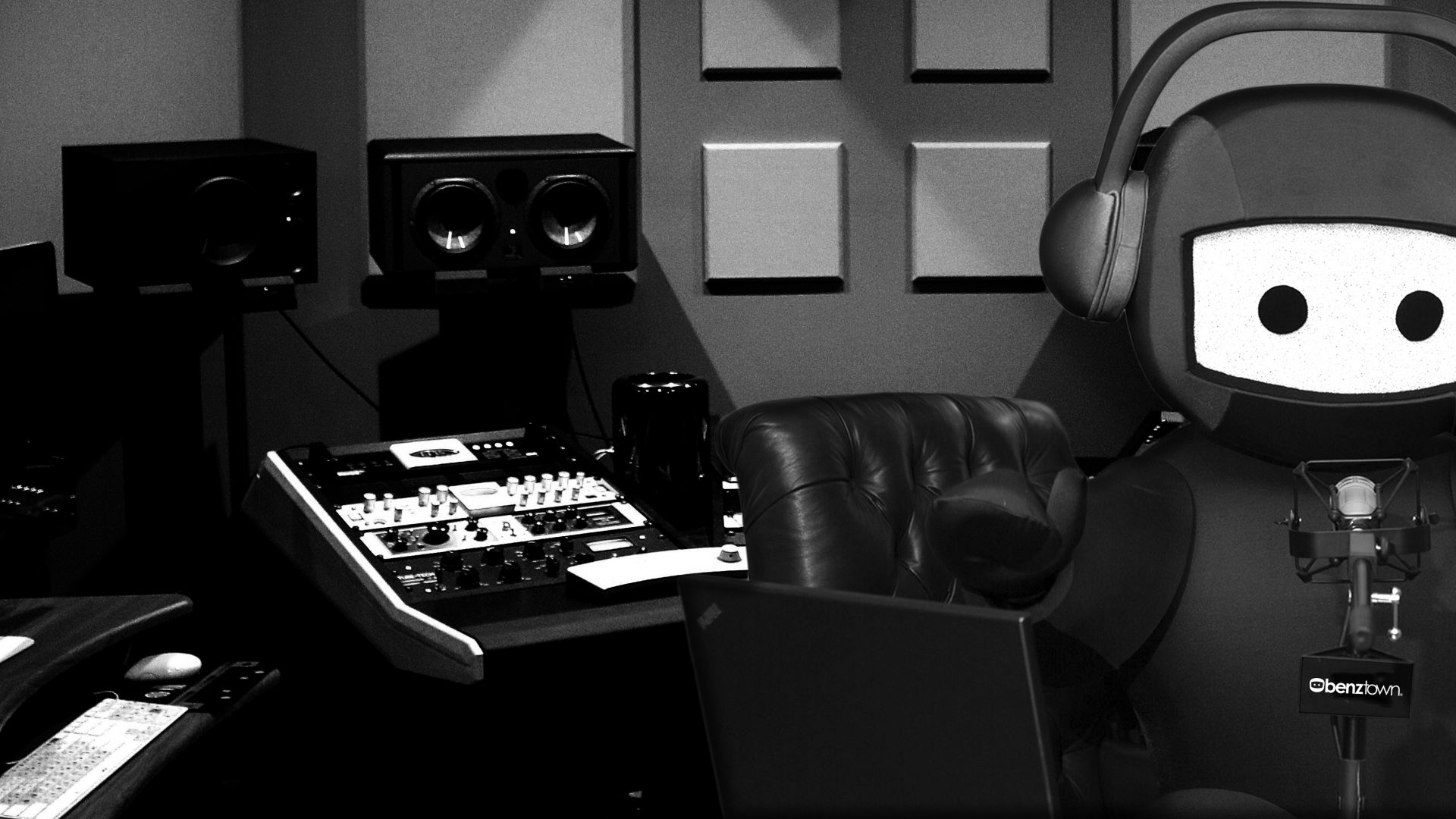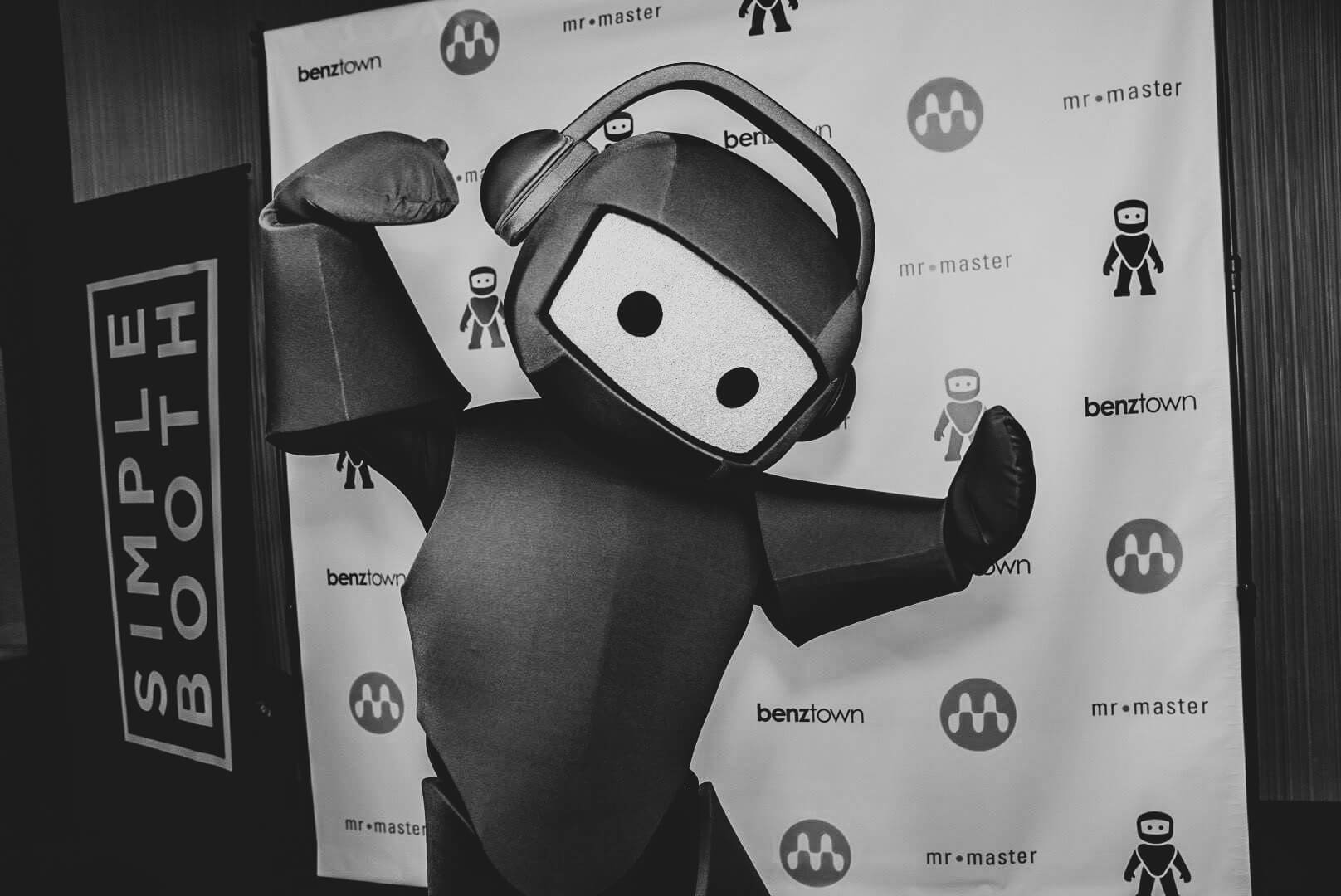Why AI is the Best Friend of Radio Content Creation

Artificial intelligence (AI) is no longer just a futuristic concept — it’s becoming a practical, indispensable tool across industries. From healthcare to finance, AI has transformed processes and elevated human potential. One industry where AI is starting to make significant waves, though perhaps less discussed, is radio.
For many, radio represents something human and spontaneous, a medium that captures the authenticity of voices and stories. The question then arises: why should AI play a role in radio content creation? The answer is simple: AI doesn’t replace creativity—it accelerates it. AI in radio isn’t about taking the human out of the equation; it’s about freeing creators from repetitive and boring tasks, enabling them to focus on what really matters: storytelling, connection, and innovation.
This blog post is a 5-parter, that goes in-depth and showcases practical use cases including recommendations and what tools to use. I am sure some of you will know most of it already. Please let me know what you are using, what situations you use AI, and what for.
1. Streamlining Script Writing
Imagine this: you’re a radio host, pressed for time, with multiple shows to prepare for. You have great ideas but getting the right words on paper eats up your hours. AI-driven tools like ChatGPT and Jasper AI can assist by drafting scripts based on your input or even generating fresh ideas. This doesn’t mean AI is writing your show for you, but it gives you a head start — whether you need an outline or a well-structured introduction.
How It Helps:
Speeding up the creative process: AI helps with quick drafts so that creators can focus on refining and personalizing the content.
Idea generation: Need a fresh angle for a story? AI can provide dozens of new ideas within minutes, based on trends, historical data, or audience preferences.
Tools to Consider:
Jasper AI: An AI tool focused on content creation, particularly helpful in generating scripts, social media posts, or ad copy for radio stations.
ChatGPT: A highly adaptable language model that helps with drafting ideas, structuring content, or even brainstorming for various topics. You all know it and have played around with it for sure. What I recommend is to use custom GPTs.
2. Personalizing Content for Listeners
Today’s radio landscape is all about personalization. Audiences expect content that speaks directly to them, catering to their tastes, moods, and habits. AI allows radio creators to analyze vast amounts of listener data—think of preferences, locations, and listening history—and tailor content accordingly.
Spotify’s AI-generated playlists or Pandora’s music recommendation engine show how AI can make radio smarter by understanding what listeners want before they even know it themselves. For traditional radio, AI can offer similar possibilities, from personalizing ads to suggesting news segments based on local trends.
How It Helps:
Audience engagement: Listeners are more likely to stay tuned when the content is directly relevant to them, whether it’s local news, music, or interviews.
Smarter programming: AI can analyze listening patterns to recommend the optimal times for certain segments or predict which type of content will resonate.
Tools to Consider:
AIVA: An AI-powered tool that helps radio stations craft personalized music playlists based on specific listener preferences.
Descript: A tool that offers AI-powered audio transcription and editing, making it easier to repurpose and personalize existing radio content.
3. Enhancing Audio Editing & Production
Audio editing can be time-consuming, even for seasoned professionals. AI-powered tools are now simplifying the post-production process, allowing radio creators to focus on content, not tedious tasks like splicing audio or cleaning up sound quality. Programs like Adobe Podcast and Auphonic offer AI-enhanced audio editing that ensures consistency and professional-grade quality with minimal manual effort. Of course, nothing beats manual, but those all work pretty good!
How It Helps:
Efficiency: AI can automate audio leveling, noise reduction, and even the removal of filler words, allowing producers to focus on storytelling rather than manual corrections.
Accessibility: Transcriptions, subtitles, or show notes can be generated almost instantly, broadening the reach of radio content across different platforms and for differently-abled audiences.
Tools to Consider:
Adobe Podcast: This tool uses AI to improve audio quality, making it sound more professional and polished, regardless of the recording environment.
Auphonic: Automatically levels audio tracks, removes background noise, and optimizes overall sound quality using AI.
Otter.ai: An AI transcription service that turns spoken content into text in real-time, perfect for creating transcriptions or show notes for radio content.
4. Automating Repetitive Tasks
One of the major challenges in radio content creation is managing the many repetitive tasks that bog down creative energy—scheduling, logging, and cataloging shows, to name a few. AI-driven automation tools can handle these tasks with ease, allowing creators to dedicate more time to high-impact, creative work.
For example, AI scheduling software can automate program schedules based on audience data, and AI-driven transcription can automatically create show logs, which used to take hours manually.
How It Helps:
Freeing up time: By automating repetitive tasks like scheduling and transcriptions, AI allows radio hosts and producers to focus on delivering quality content.
Reducing errors: Automated processes are less prone to human error, ensuring smoother operations behind the scenes.
Tools to Consider:
Quillbot: A tool that helps rephrase and polish scripts, saving time and improving the quality of written content for radio segments.
5. Boosting Creativity Through Collaboration
Far from stifling creativity, AI can be a collaborator. It provides a starting point that allows humans to push the boundaries of their creativity. AI isn’t coming up with original ideas on its own, but it can process vast amounts of information quickly, offering insights and options that a human might overlook. Whether it’s analyzing listener data or suggesting new ways to frame a story, AI gives radio creators a leg up, amplifying the creative process rather than replacing it.
How It Helps:
Inspiration: AI can suggest creative spins on existing content, or come up with new angles based on current trends and historical data.Collaborative ideation: With AI-generated prompts, radio creators can refine and push their creative boundaries, producing unique content that resonates with their audience.
Tools to Consider:
Lately.ai: An AI-powered marketing tool that repurposes audio content into smaller, shareable clips for social media, blogs, or emails. I need to play more with this!
Sonantic: A tool that generates realistic AI voices, allowing radio creators to experiment with voiceover options for commercials, promos, or storytelling. The Future of Radio is Human, Powered by AI.
AI isn’t here to take over radio; it’s here to enhance the human creativity that has always driven this medium forward. By taking care of mundane, repetitive tasks and offering innovative tools that streamline content creation, AI empowers radio producers and hosts to focus on what they do best: storytelling, connecting with audiences, and sharing ideas that matter. AI doesn’t diminish creativity—it amplifies it, offering a powerful partnership between technology and the human touch.
As we move further into the future, embracing AI as a collaborative tool will open up new possibilities for the radio industry. Whether you’re looking for faster script writing, smarter content personalization, or more efficient production, AI can help take your radio content to the next level—without compromising the heart and soul of what makes radio great.
Because, at the end of the day, AI’s greatest potential lies in its ability to be the ultimate creative sidekick. It’s not the star of the show; you are. Remember, innovation doesn’t mean replacing human effort. It means expanding what we’re capable of. The next great radio show might just start with an AI suggestion—but it will end with a human voice leading the conversation.
;)